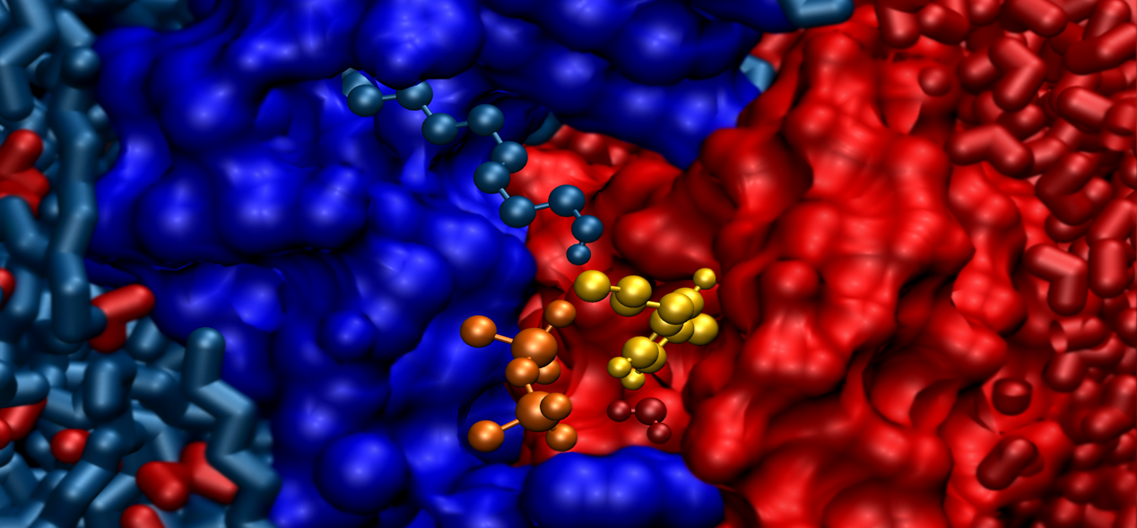Low-melting organic salts, so called ionic liquids, become increasingly relevant in many areas of applied chemistry. Developing a special low-viscous and almost non-volatile liquid may follow a more traditional, systematic approach by simply testing each and every cation-anion combination possible – implying high costs. Or the whole process may involve computer-aided molecular design (CAMD) and benefit e.g. from comprehensive, purely computational screenings. The methodologies and models of CAMD can be derived from physical foundations, simple empirical correlations (e.g. between viscosity and other thermophysical properties), generalized correlations, quantitative structure-property relationships (QSPRs), molecular simulations(MD, QMMD), or group contribution (GC) methods. These models can adopt simple linear or more complex nonlinear relationships between chemical information entered and resulting property predictions up to sophisticated machine-learning algorithms like artificial neural networks (ANNs) as well.
Ionic Liquids

References
- T.Köddermann, R.Ludwig, D.Paschek: Molecular dynamic simulations of ionic liquids: A reliable description of structure, thermodynamics and dynamics. Chem.Phys. Chem. (8), 2464-2470, 2007
- M. Hülsmann, T.Köddermann, D.Reith: Engineering chemical substances via molecular simulations utilizing efficient gradient-based optimization algorithms, ERCIM News (81), 25-26, 2010
- T.Köddermann et. al: The effect of neutral ion aggregate formation on the electrical conductivity of on ionic liquid and its mixtures with chloroform, Chem. Phys. Chem. (13), 1748-1752, 2012